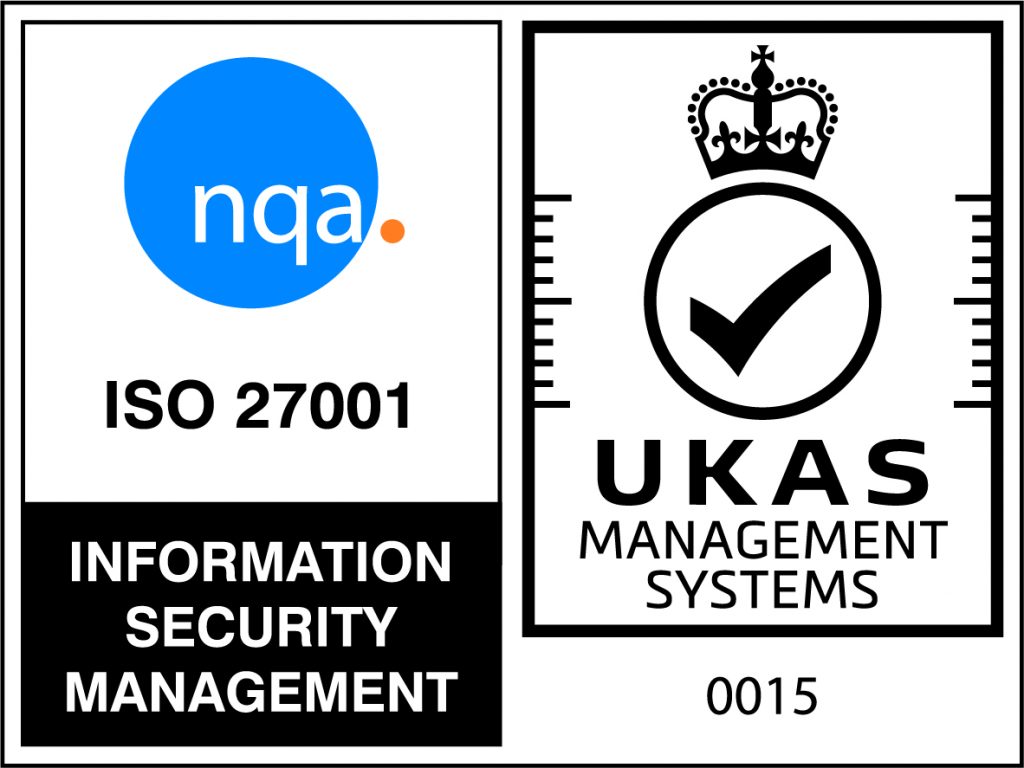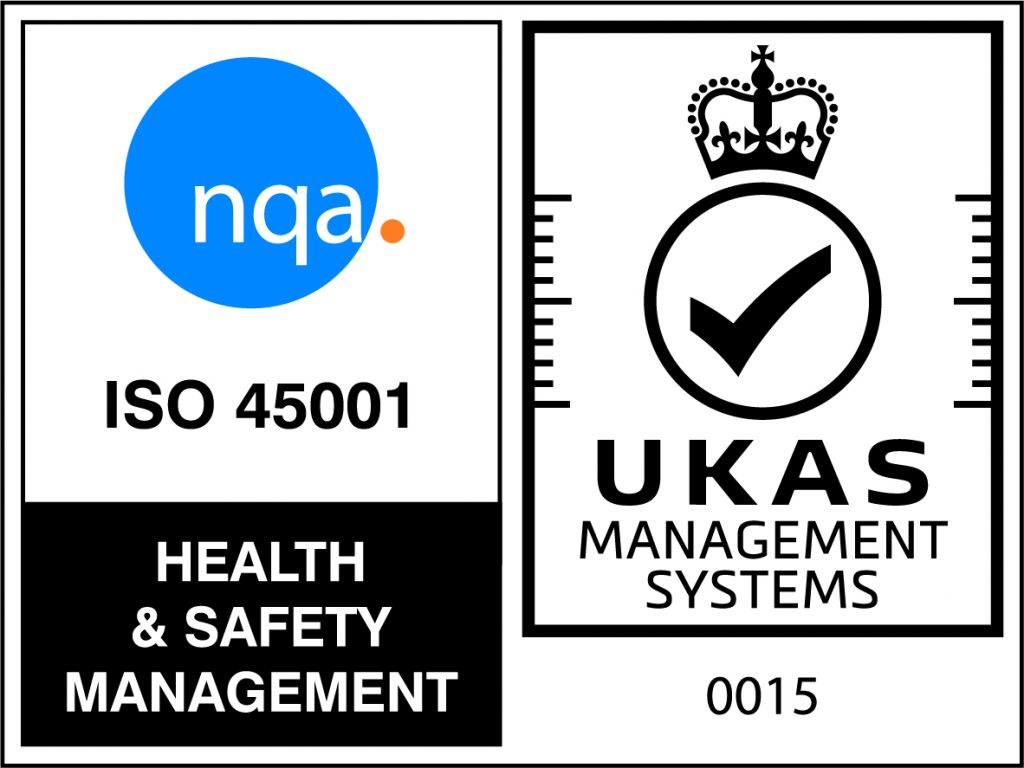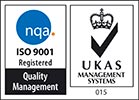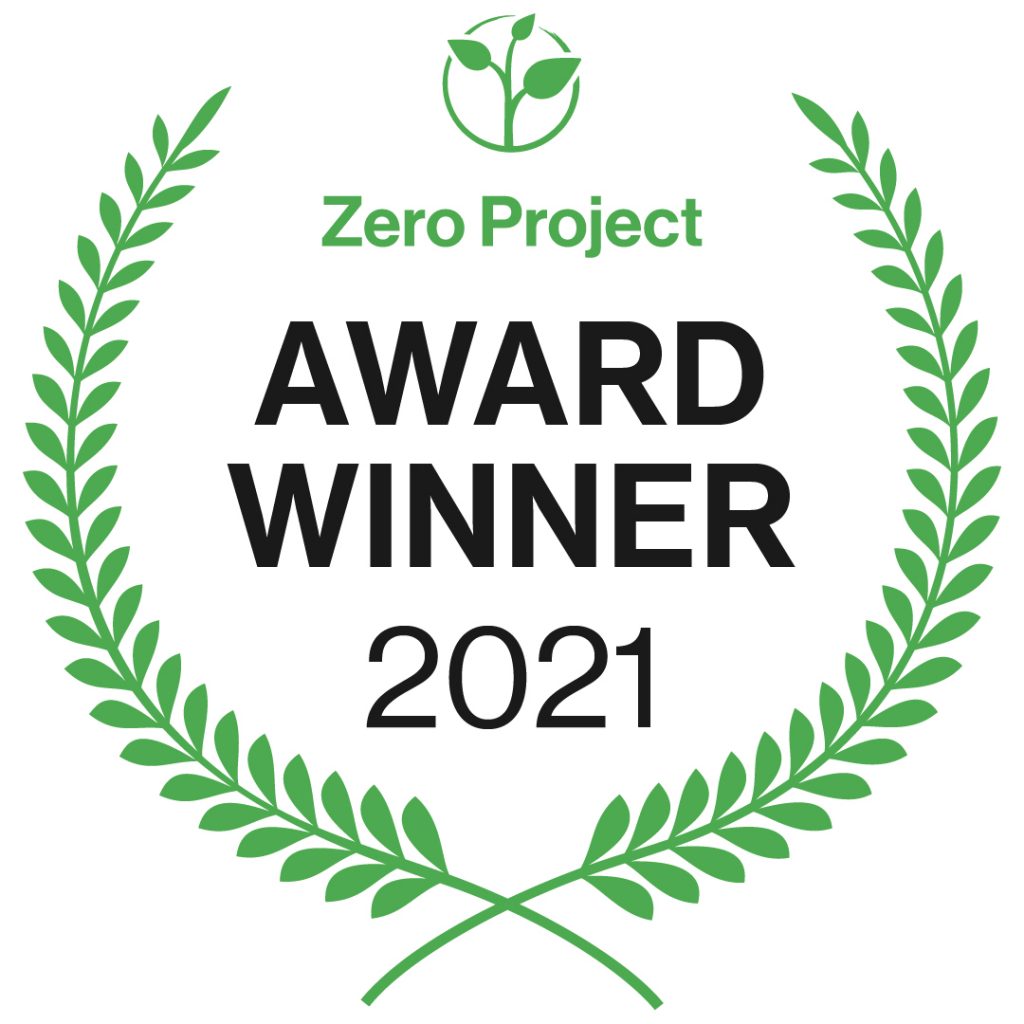Assistive Technology for Students with Disabilities

The word “technology” automatically conjures up images of cutting-edge electronics, but this is not necessarily the case when it comes to assistive technology for students with disabilities. Some assistive technology is possible with just simple accommodations. Whether high-tech or simple in design, assistive technology can transform the learning experiences for the children who benefit.
The use of assistive technology is changing to provide students with more customised learning experiences. Studies show that dropout rates for special education students are on the decline – at least partially because the technology exists to keep these kids comfortable and in class longer than in the past.
What are these assistive technologies?
- There are speech-to-text options. While it is a convenience tool for people without disabilities, speech-to-text provides a learning advantage for students who have mobility or dexterity problems, or those who are blind. It allows students to speak their thoughts without typing and even navigate the Internet. Speech-to-text options can also “talk back” to students and let them know about potential errors in their work.
- There are also screen readers, which is slightly different from text-to-speech because it simply informs students of what is on a screen. A student who is blind or struggling to see what is on the screen can benefit from the audio interface screen readers provide. Students who struggle to do what so many other Americans accomplish so easily – glean information from a computer screen in a matter of seconds – can learn more easily through technology meant to inform them.
We still have a long way to go before we can truly say we are meeting the needs of students with disabilities. However, thanks to technology, classroom inclusion, and targeted efforts to serve special needs students, we are going in the right direction. Read the full ARTICLE

 Back to News
Back to News

















